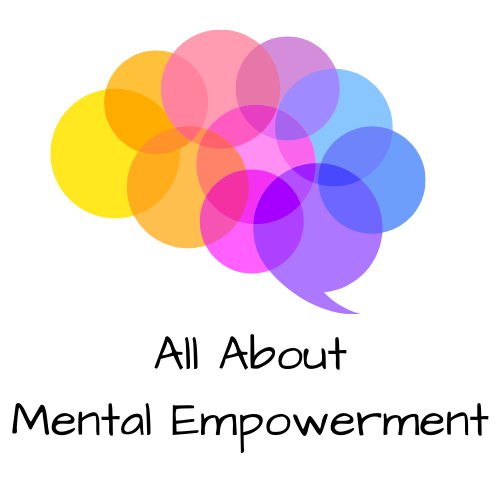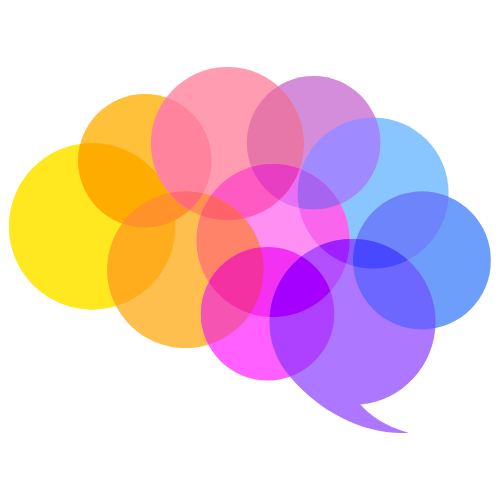Inclusive Language Dos & Don’ts
In today's diverse and interconnected world, educators play a crucial role in fostering inclusive learning environments where all students feel valued and respected. One powerful tool at our disposal is inclusive language. It not only reflects a commitment to diversity but also promotes a sense of belonging and equity among students. To help you create a more inclusive classroom, here are some dos and don'ts of inclusive language.
The DOs of Inclusive Language:
DO Use Gender-Neutral Language: Avoid making assumptions about gender. Instead of addressing a mixed-gender group with "guys" or "ladies and gentlemen," use gender-neutral terms like "everyone," "folks," or "students."
DO Respect Preferred Pronouns: Always honor students' preferred pronouns. Allow them to share their pronouns and use them consistently. If you're unsure, it's perfectly acceptable to ask politely.
DO Embrace Cultural Sensitivity: Learn about the cultures and backgrounds of your students. Use culturally sensitive terms and be aware of potential cultural biases in your language.
DO Avoid Stereotypes: Steer clear of stereotypes or assumptions about a student's abilities, interests, or behaviours based on their gender, race, or background. Every student is unique.
DO Encourage Open Dialogue: Create an environment where students feel comfortable discussing issues related to inclusive language. Encourage them to ask questions and express concerns.
DO Be Mindful of Special Needs: Address students with special needs with the same respect and dignity as others. Avoid derogatory terms and phrases related to disabilities.
DO Use Inclusive Examples: When giving examples or discussing scenarios, ensure they are inclusive and relatable to various identities, backgrounds, and experiences.
The DONTs of Inclusive Language:
DON’T Use Microaggressions: Be vigilant about unintentional microaggressions. These subtle, harmful comments can perpetuate stereotypes and exclusion. For instance, avoid comments like, "You're so articulate for someone from your background."
DON’T Use Offensive Language: Never use offensive slurs, derogatory terms, or hate speech. Such language can be deeply hurtful and create a hostile learning environment.
DON’T Assume Heteronormativity: Avoid making assumptions about students' sexual orientation. Refrain from asking questions like, "Do you have a boyfriend or girlfriend?" Instead, use gender-neutral terms like "partner."
DON’T Tokenize: Don't tokenize or single out students from underrepresented groups for their input or participation. Treat all students as individuals with equal potential.
DON’T Brush Off Discrimination: If you witness discriminatory behavior or language, don't ignore it. Address it promptly and educate your students on why such behaviour is unacceptable.
DON’T Misgender Students: Always use the correct pronouns for your students, and apologize if you make a mistake. Correcting yourself and demonstrating respect for pronoun preferences is essential.
DON’T Use Binary Language: Avoid language that reinforces binary thinking, such as "either/or" statements. Embrace the complexity of identities and experiences.
Inclusive language is not a one-size-fits-all solution. It requires ongoing effort and sensitivity. For educators, the goal should be to create an environment where all students feel safe, heard, and valued. Remember that inclusive language is not just about avoiding harmful language; it's also about actively using language to promote diversity, equity, and inclusion.
Incorporating these dos and don'ts of inclusive language into your classroom can lead to a more enriching educational experience for all your students. By fostering an atmosphere of respect, acceptance, and empathy, you'll not only facilitate better learning outcomes but also contribute to a more inclusive and equitable society.

